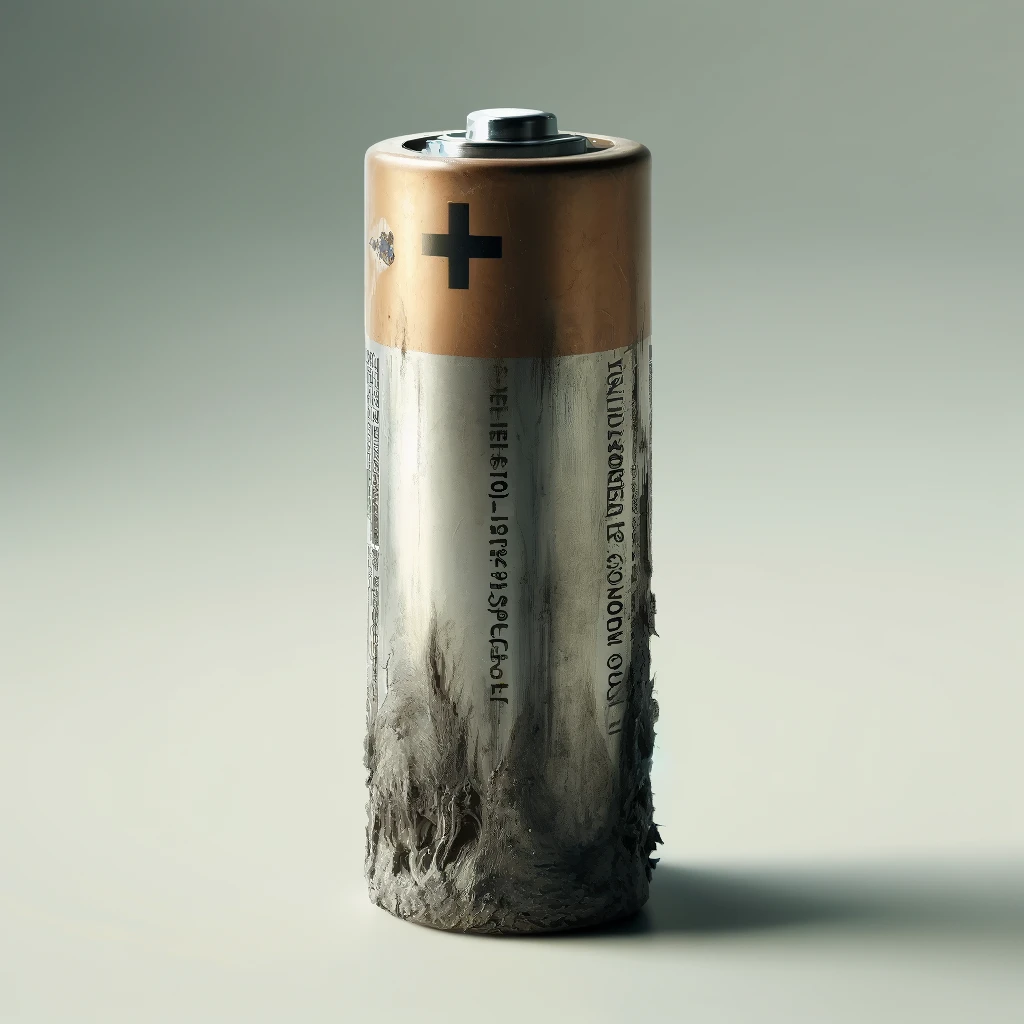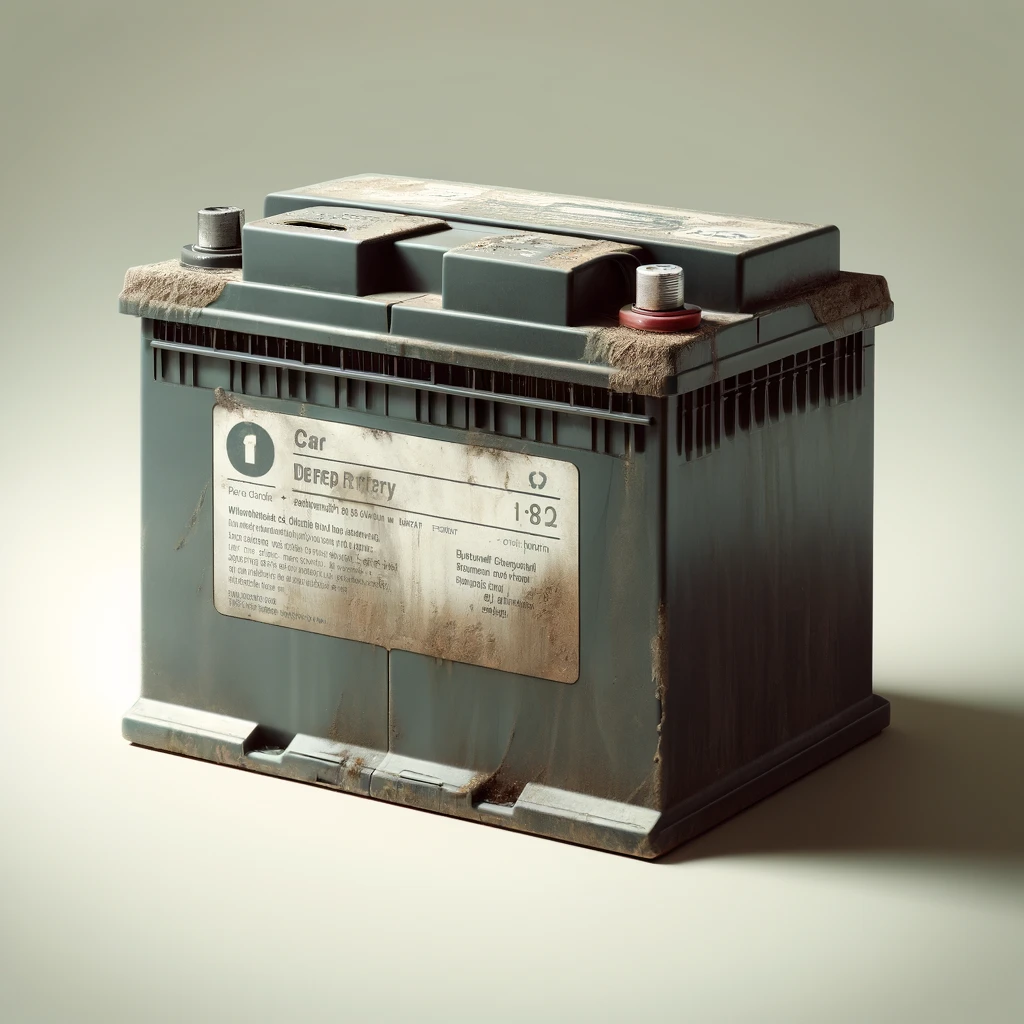Unravelling the Concept of Deep Discharge in Battery
The term ‘Deep Discharge’ in batteries signifies the condition wherein a battery is discharged to a significant extent of its capacity.
In the construction industry, power tools often require rechargeable batteries for their operation.
A deep discharge situation occurs when these batteries are drained almost completely before recharging.
This cycle impacts the lifespan and effective output of the battery, an idea critical to managing power resources in a construction project.
Table of Contents
Understanding Deep Discharge in Batteries: A Comprehensive Guide

Defining Deep Discharge
Deep discharge is a term often associated with batteries and is of utmost importance in the construction industry, particularly when dealing with tools powered by batteries. Deep discharge describes a condition where a battery is allowed to drain almost or entirely to its full capacity.
How Does Deep Discharge Happen?
Indeed, one might wonder how a scenario of deep discharge comes about. It usually occurs when a battery-operated tool is used far beyond its low power warning, or a device is left on without being checked for an extended period.
The Impact of Deep Discharge
Negative Effects of Deep Discharge
Deep discharging can have significant implications for batteries, often leading to harmful conditions that can affect their strength, longevity and reliability. Here are some common consequences:
- Depletion of Active Material: This material is crucial for the battery’s operation, allowing it to store and release energy. Deep discharging can cut this resource short.
- Distortion of Plates: Over time, continual deep discharging can lead to plate distortion in the battery, resulting in limited capacity.
- Acid Stratification: When deep discharge occurs, it can cause the electrolyte’s acid to separate, leading to inconsistent performance.
Preventing Deep Discharge
Battery Maintenance Tips
The prevention of deep discharge all boils down to proper battery management. By understanding your battery’s needs and ensuring it’s not overworked, you can prevent this harmful occurrence. Some tips include:
- Regular Charging: Stay on top of your battery’s charge levels and charge regularly to prevent it from hitting a deep discharge state.
- Monitoring and Inspection: Keep a close eye on your battery’s performance. If you find it is discharging quicker than normal, it might need inspection or replacement.
- Correct Storage: If not using your battery for an extended period, ensure it is stored properly in a cool and dry place, and partially charged.
Understanding what deep discharge in batteries means, its effects, and how to prevent it, helps to prolong your battery life and ensure the efficiency of your tools, thus preserving your work’s productivity in any construction project.
Charging a Deeply Discharged Battery: A Practical Guide
Recognizing a Deeply Discharged Battery
A battery that has been deeply discharged is more than just “flat.” It often rests at a voltage level below the usual measure, and sometimes it might not even respond to a typical charging process. Signs that your battery is deeply discharged include:
- Failing to start an engine or turn on a device
- Showing a voltage reading that is significantly below nominal (usually less than 1.0V for a 1.2V or 1.5V cell)
- Not responding to traditional chargers
Safe Charging Techniques
Slow and Steady
When charging a deeply discharged battery, patience is key. A slow, gentle charge over a longer period is often the most beneficial and safe method. Charging at a rate too high in the initial stages can cause overheating, damaging the battery and possibly causing dangerous conditions.
Use of a Specialized Charger
Another key to successfully reviving a deeply discharged battery is the type of charger used. Standard chargers may not recognize or supply current to batteries with extremely low voltage. In these instances, a specialty charger capable of supplying a low initial charge, or a “pre-charging” feature, may be required.
Restoring Battery Life Post-Deep Discharge
Impact of Recovery Charge on Battery Life
While charging can help restore power to a deeply discharged battery, it’s essential to note that the battery may not return to its original capacity. Deep discharging can significantly impact the life of a battery, particularly if it happens repeatedly.
Deep Discharge in Car Batteries

Specifics of Deep Discharge in Car Batteries
While deep discharge is a universal concept across all battery technologies, car batteries, most of which are lead-acid batteries, have their unique specifics. A deep discharge in a car battery occurs when the battery drains significantly, usually below 11.6 volts for a 12-volt battery.
How is This Different?
Car batteries differ significantly from other rechargeable batteries such as lithium-ion because they are not designed for deep discharging. Regularly discharging a lead-acid car battery can quickly render the battery useless as the chemistry of the battery changes irreversibly and can damage the plates.
The Effect of Deep Discharge on Car Batteries
Damage to the Battery
Deep discharging a lead-acid car battery can lead to a phenomenon known as sulfation. The lead plates in the battery start to become covered with a layer of lead sulfate crystals, which can impede the ability of the battery to accept, hold, and deliver charge.
Implications for Vehicle Performance
A deeply discharged car battery can affect vehicle performance. The battery powers the ignition system, and deep discharge can make it difficult for the car to start. Furthermore, the battery provides power to the vehicle’s electrical systems, and consistent deep discharging might lead to unreliable performance.
Status of Innovative Solutions
Smart Chargers – A Modern Solution
Modern technology provides tools to prevent deep discharging of car batteries. So-called “smart chargers” can be set to keep a battery at an optimal charging level. These chargers employ multi-stage charging, recognising the status of battery charge and adjusting their output to prevent deep discharge and overcharging.
Conclusion
To keep a car battery in good health, it’s crucial to avoid deep discharging. Adequate maintenance, regular checks, and the use of advanced chargers that regulate battery charge can go a long way. Deep discharging might seem an unavoidable circumstance, but with knowledge about the issue and how to handle it, you can significantly increase your car battery’s lifespan and reliability.
Deep Discharge and Impact on Solar Power Storage
The Interplay between Deep Discharge and Solar Batteries
Deep discharge significantly influences the efficacy of battery storage systems, especially those used in renewable energy storage such as solar power. A solar battery exposed to repeated deep discharges may have its lifespan drastically reduced, leading to frequent replacements and higher costs.
Role of Depth of Discharge (DoD)
In the context of solar batteries, the Depth of Discharge (DoD) plays a critical role. DoD is the percentage of the battery’s capacity that has been used, and each battery type has a recommended DoD to prevent damage. For instance, lithium-ion batteries used in solar energy storage generally have a DoD of about 80-90%, meaning only this portion of the total capacity should be used.
Maximizing Solar Battery Lifespan with Proper DoD Management
Choosing the Right Battery Type
Whilst lead-acid batteries suffer from deep discharge, certain battery types are less affected and return better performance under deep discharge conditions. Lithium-ion batteries, for example, can withstand deeper discharge cycles, thereby offering better long-term storage solutions for solar power systems.
Intelligent Charge Controllers for Solar Systems
Using smart charge controllers can regulate the charging process, protecting solar batteries from deep discharge. These controllers can detect battery charge levels and cut off the power draw when the battery reaches its safe DoD limit.
Conclusion
Deep discharge can significantly impact a solar battery’s lifespan and performance. To avoid these effects, it’s essential to choose batteries with suitable DoD levels and use smart charge controllers. By doing so, it is possible to get the most out of your solar storage solutions and ensure their longevity.
The Role of Deep Discharge in Battery Recycling Practices
Connecting Deep Discharge and Battery Recycling
Once batteries have been deeply discharged beyond recovery, they often end up being discarded. This leads us to the question: how does deep discharge impact battery recycling practices?.
Impact on Recycling Process
When batteries undergo deep discharge repeatedly and eventually fail, they often contribute to electronic waste. Lead-acid batteries from vehicles or lithium-ion batteries from consumer electronics require different recycling processes, which can get complicated and costly due to the diverse impacts of deep discharge on different battery chemistries.
Advancing Battery Recycling
Deep Discharge and Second Life Applications
Batteries which have lost a significant amount of their original capacity due to repeated deep discharges can often enjoy a second life in less demanding applications before entering the recycling process. For instance, while they no longer satisfy the rigorous demands of electric vehicles, they might still fetch good service in stationary energy storage systems.
Impact of Deep Discharge on Recycling Technologies
The state of a battery at the end of its life, particularly if it has suffered from repeated deep discharges, affects how it could be recycled. Researchers are therefore exploring techniques to improve recycling efficiency, which could also lessen negative environmental impacts.
Conclusion On Deep Discharge
From our perspective, the primary takeaways from this comprehensive guide to deep discharge in batteries can be summarized as follows: Understanding deep discharge is essential, recognizing the warning signs is crucial, and implementing proper prevention strategies is non-negotiable.
We’ve found that deep discharge often happens when battery-operated tools are excessively used or left unchecked and can cause significant complications, such as depletion of active material, distortion of plates, and acid stratification. These negative outcomes can affect the battery’s strength, longevity, and reliability.
However, in our experience, these adverse effects can be mitigated through regular charging, vigilant monitoring, and correct storage. As such, appropriate battery management is highly effective in preventing deep discharge, leading to a maximization of battery life, enhanced tool efficiency, and the overall preservation of productivity in your construction projects.






